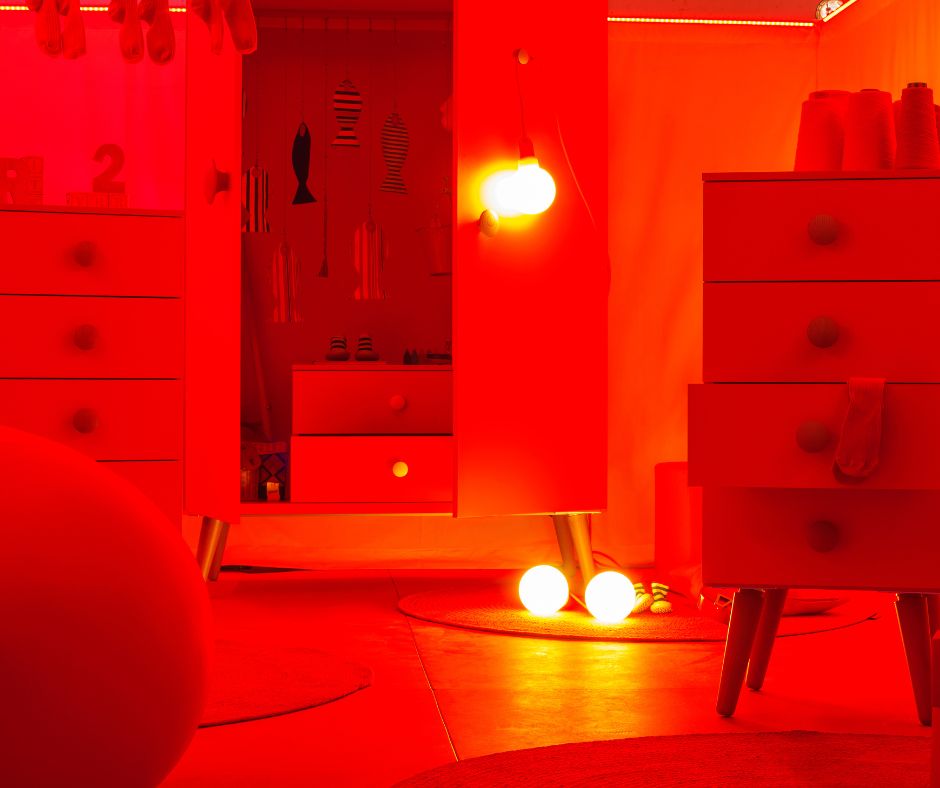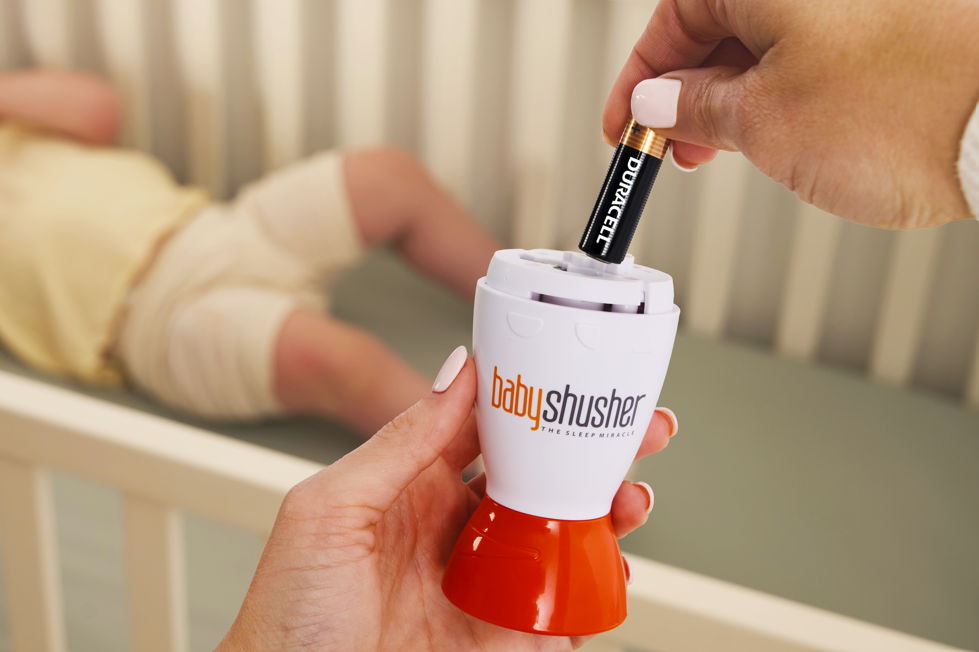As parents, we all want to give our children the best possible start in life. From nutritious meals packed with essential vitamins and minerals to fostering mental stimulation for cognitive development, it's important to ensure our little ones have the right environment to thrive.
Similar to the above, sleep is a key factor in helping our little ones reach their full potential. Therefore, we must cultivate a sleep environment that's conducive to restful nights and energetic days. Red light therapy has been gaining ground as a potential solution for some of the biggest sleep issues plaguing our little ones.
So, can red light be beneficial for babies? And if so, what are the benefits? Let's dive into all the benefits of red light for babies.
Is Red Light Good For Babies?
The wavelength of red light is on the longer end of the visible light spectrum. Due to this wavelength, research suggests that red light has the potential to produce numerous benefits for adults such as diminishing scars or providing faster wound healing, but how does it benefit babies?
Unfortunately, there is a lack of research surrounding red light therapy for babies. Despite this, the benefits of red light can be extrapolated to understand the potential effects it may have on our little ones.
6 Benefits Of Red Light For Babies
Red light for babies offers a range of benefits. Here are some of the potential advantages:
1. Melatonin Production
Melatonin is a hormone naturally produced in the body that helps regulate sleep by helping us feel sleepy. The production of melatonin is stimulated during darkness as no light is detected in the eyes.
Many studies were done to investigate the effects light has on our circadian rhythm. A study done in 2012 on female athletes showed that a 30-minute exposure to red light at night aided the body in producing more melatonin, thus providing an easier transition into sleep and even boosting their endurance.
Additionally, to combat grogginess and difficulty in waking up, also known as sleep inertia, a 2019 study showed that participants who received red light therapy were able to mitigate grogginess and wake up quicker.
Red light for babies may do the same, aiding them in producing melatonin to regulate their sleep cycle and stave off morning grogginess.
2. Combats Fear Of The Dark
Babies as early as 18 months old may start to experience fear of the dark. Naturally, as parents, we strive to make our babies feel safe with night lights, lamps, and other sources of light. Red light has been suggested to help our little ones fall asleep and stay asleep longer, due to its soothing qualities and can prevent them from waking up in a dark and scary room.
3. Regulates Circadian Rhythm
Circadian rhythm is a natural, internal process that regulates the sleep-wake cycle and repeats roughly every 24 hours. Newborns are born without a circadian rhythm, therefore their bodies are not conditioned to fall asleep as adults do. Instead, newborns sleep only when they are tired. Despite this, as their bodies develop, the circadian rhythm starts to form and regulate their sleep-wake cycle.
Around 8-11 weeks, the circadian rhythm is fully developed. Red light for babies can help in the regulation of this cycle by aiding melatonin production, thus making it easier for babies to fall asleep. Red light (or even ambient white light) can also help adults in the same way, as studies suggest that red light therapy can reduce feelings of fatigue and improve alertness.
4. Combats The Blue Light
Blue light is found in natural light and is emitted from digital devices such as laptops, phones, and tablets. Its job is to help us stay alert and focused during the day, but if we are exposed to too much of it at night, it disrupts our circadian rhythms, by suppressing melatonin production. Studies suggest that blue light can cause eye damage and even insomnia. Hence many people use blue-light glasses to fight eye strain caused by blue light while preventing the disruption of their sleep cycle.
Due to red light being non-glaring compared to blue light, many people praise it for being more suited for nighttime use – making it a great alternative for babies who may be exposed to blue light during the day.
5. Mimics The Sunset
As the sun sets, its light shifts from blue to red-orange. Red light can help simulate this effect in our homes and mimic the natural progression of light during the day. This can help our babies find it easier to fall asleep, as their bodies are conditioned by familiarity. Nothing beats the natural light of the sun, but red light for babies is the closest thing to it and can help our little ones transition into their sleep easier.
6. Muscle Relaxation
Red light is said to have a calming effect on our muscles, making them more relaxed and ready for bed. It has also been said to reduce stress levels and anxiety in both adults and babies. With this benefit, babies can fall asleep quicker and stay asleep for longer.
Red Lighting Helps Ensure Babies Sleep More Soundly
Red light for babies can be a great way to ensure that our little ones are getting the best possible sleep. It helps regulate their circadian rhythm, mimics the sunset, and relaxes their muscles so they can drift off into dreamland quickly and easily. Red light also combats blue light exposure which is an important part of regulating melatonin production to get quality shut-eye.
With red light therapy, you may find your baby sleeping soundly through the night with fewer interruptions or grogginess in the morning. So if you’re looking for a natural solution to sleep problems in your home, try introducing some red light - it might just do wonders!
To make your baby's sleep even better, try Baby Shusher – the revolutionary device designed to gently and gradually shush babies back to sleep with a soothing human voice. Don't miss out on a good night's sleep for you and your little one!

